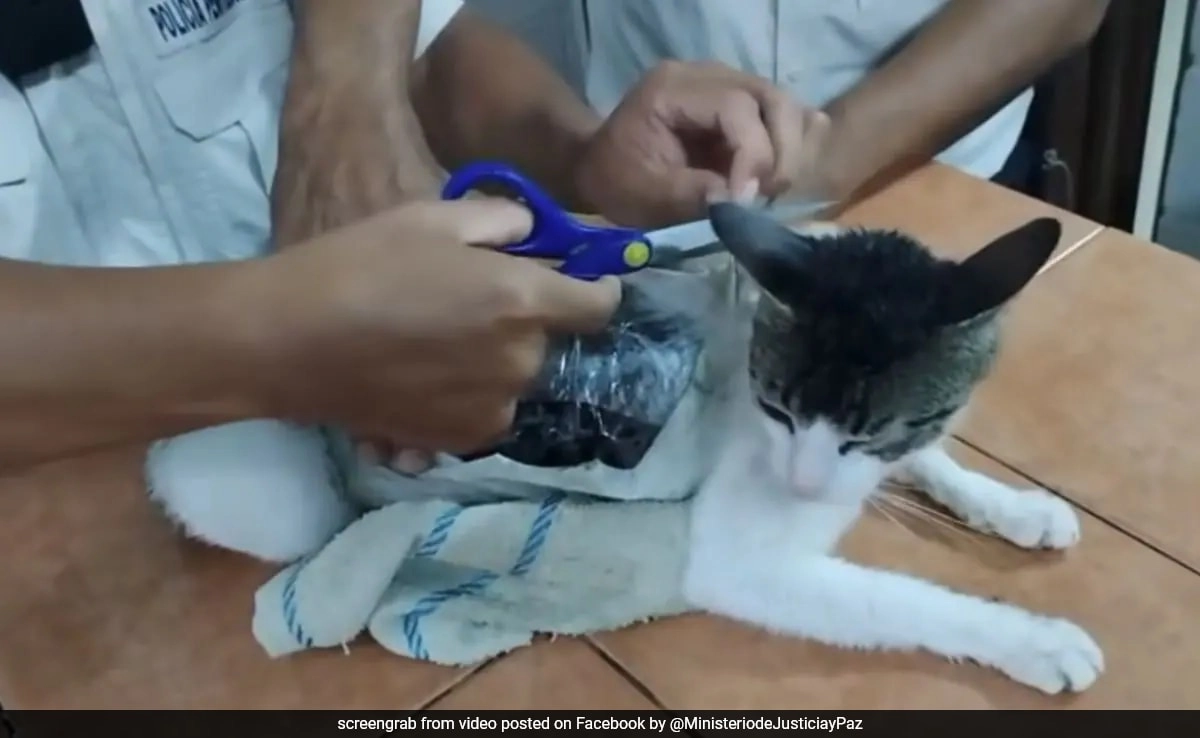In an unusual incident that highlights both the ingenuity of smuggling operations and the lengths to which individuals will go to bypass security measures, a cat was apprehended attempting to sneak drugs into a Costa Rican prison. The feline, seemingly innocent, was discovered carrying small packages of marijuana and cocaine attached to its collar. This bizarre event raises questions about the methods used by inmates and their associates to transport contraband into correctional facilities, and it underscores the ongoing challenges faced by prison authorities in maintaining security.
The cat was spotted by vigilant prison guards who noticed its unusual behavior as it approached the facility. Upon closer inspection, they found the illicit substances packaged neatly and strapped to the animal. This incident is a stark reminder of the creative tactics employed by those seeking to smuggle drugs, as well as the vulnerabilities that exist in prison security systems. In recent years, authorities have increasingly turned to advanced surveillance techniques and other measures to prevent such occurrences, but this incident illustrates that even the most seemingly harmless creatures can be utilized in criminal schemes.
As the story gained media attention, it sparked a broader conversation about the role of animals in drug trafficking. While this particular case involved a cat, there have been numerous instances where various animals, including drones and even trained dogs, have been used to transport drugs across borders or into secure locations. This development not only highlights the evolving nature of smuggling techniques but also raises concerns about animal welfare, as these creatures are often put in dangerous situations by their handlers.
In the aftermath of the incident, the authorities have taken steps to improve security protocols and prevent similar occurrences in the future. The cat, having inadvertently become a pawn in this drug smuggling operation, has since been rescued and is now under the care of local animal welfare organizations. This unusual case serves as a reminder of the ongoing battle between law enforcement and those who seek to exploit loopholes in the system, whether it be through the use of animals or other unconventional methods.




